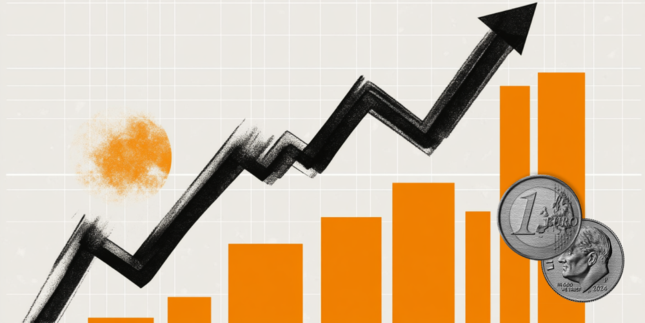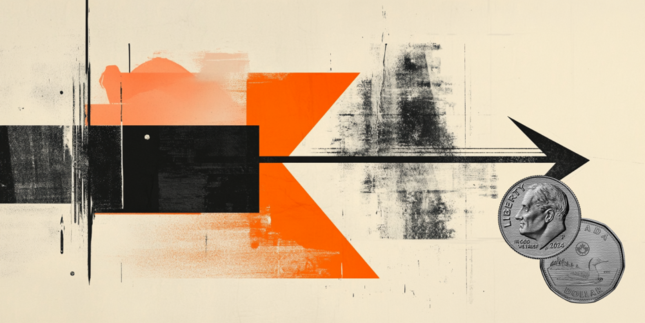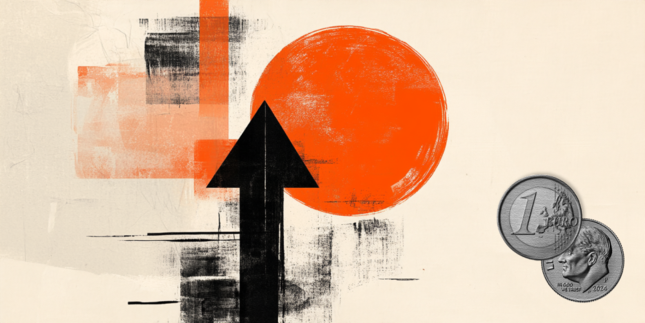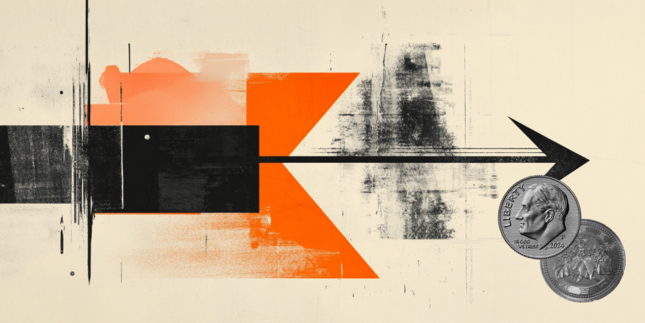-
Opps!
This language contents are not available!
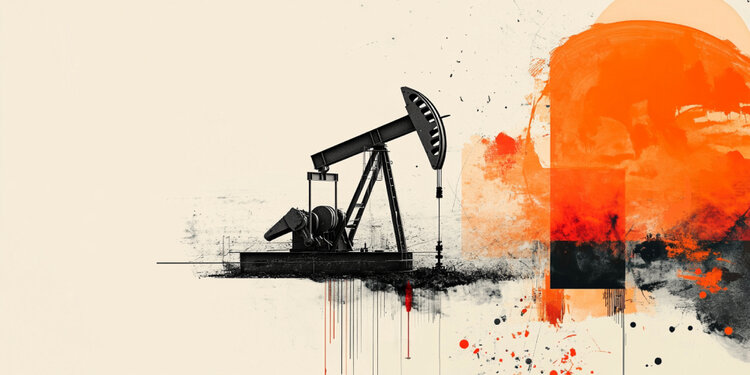
Oil: Trump signing a directive to increase economic pressure on Iran – ING
There were two key factors influencing oil prices yesterday, firstly downward pressure came from China announcing retaliatory tariffs against the US, which included targeting US energy flows. However, countering this later in the session was President Trump signing a directive to increase economic pressure on Iran by enforcing sanctions more strictly and so putting a large share of Iranian oil exports at risk, ING's commodity expert Warren Patterson notes.
US stance on Iran makes the market claw back the losses
"On China’s retaliatory tariffs, US crude oil and LNG were included, with a 10% and 15% tariff, respectively. However, with these tariffs only coming into force on 10 February, there is still room for a deal, although there are reports that President Trump is in no rush to talk to President Xi. The tariffs on oil and LNG affect a relatively small share of Chinese imports. In 2024, of the 11.11m b/d of crude oil imported, only 1.7% came from the US. For LNG, of the 105bcm imported last year, 5.6% came from the US."
"On the more bullish side for crude and as reflected in the price action during the latter part of yesterday’s trading session, was President Trump’s directive to increase economic pressure on Iran. This move shouldn’t come as too much of a surprise given that President Trump was hawkish towards Iran during his first term and reimposed oil sanctions against Iran back then. These sanctions were never lifted by Biden, but they were not enforced strictly."
"Overnight, API numbers showed that US crude oil inventories increased by 5m barrels over the last week, above the roughly 2m barrels build the market was expecting. In addition, gasoline inventories increased by 5.4m barrels, while distillate stocks fell by 7m barrels. The more widely followed EIA inventory report will be released later today."
Forex News
Keep up with the financial markets, know what's happening and what is affecting the markets with our latest market updates. Analyze market movers, trends and build your trading strategies accordingly.




